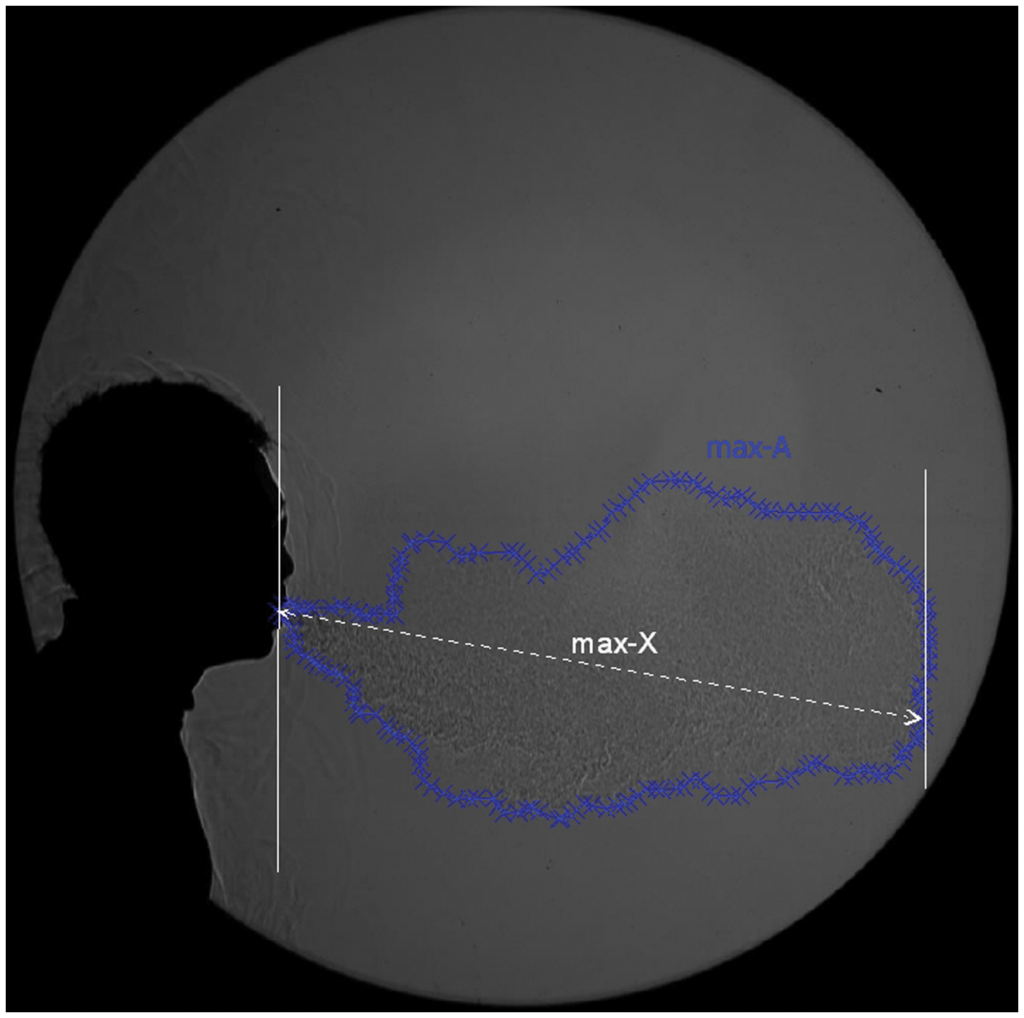Breath isolation–not “social distancing”– should be the focus of the recommendations to maintain six feet of separation to avoid coronavirus infection. Children must be very confused; they can see that parents and others are furiously trying to stay connected. Social media has blown up with sharing news, personal stories, and online courses, classes–events of every kind. Why is it that little mention is made of breathing? Why is the official term “Social Distancing”? Social distancing is a euphemism; the term does not accurately describe what needs to happen.

https://journals.plos.org/plosone/article?id=10.1371/journal.pone.0059970
You can calculate how far away to stand from someone who’s sick. When a sick person coughs, sneezes or talks, they expel virus-containing droplets into the air. These respiratory droplets can travel up to six feet to another person. A recent study found that the largest visible distance over which a sneeze travels is 0.6 meters, which is almost two feet. It did so at 4.5 meters per second, about 15 feet per second. A breath travels the same distance but much slower, at 1.4 meters—4.5 feet—per second. Moral of the story: remain six feet from infected people, and move quickly when they gear up to sneeze.
https://www.smithsonianmag.com/science-nature/five-surprising-facts-about-the-common-cold-23293218/
Awareness of breathing is missing again!
